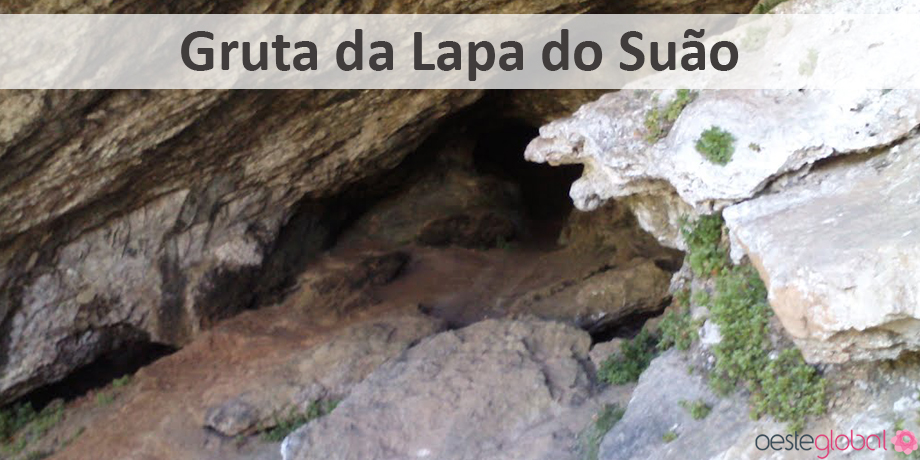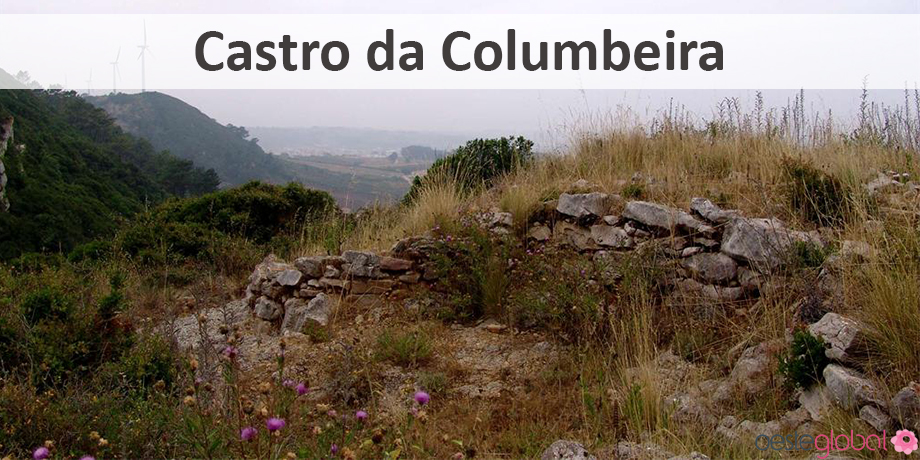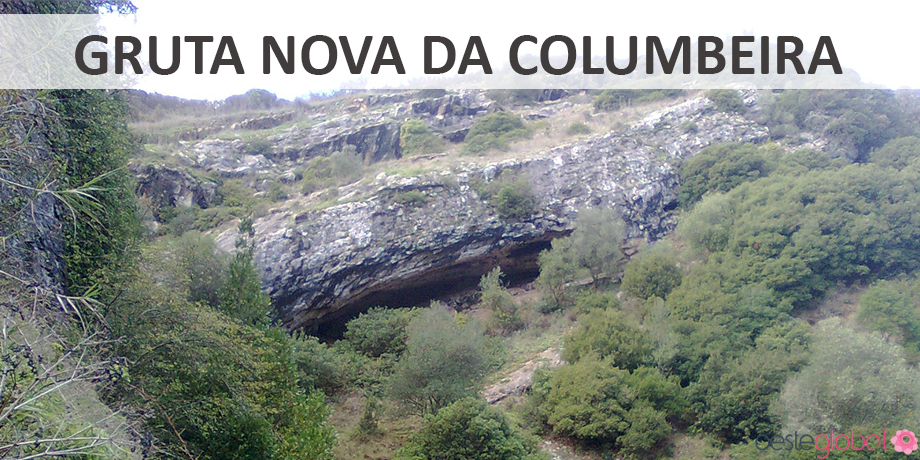Nature of Bombarral
The natural heritage of the Bombarral municipality there are the caves occupied by humans for thousands of years. In addition to the Upper and Middle Paleolithic, there are still Neolithic levels that provide an estate, between polished stone axes the terracotta anthropomorphic figurines, archaeological evidence from Neanderthal man.
On August 17, 1808, Bombarral was the main stage during the struggle for Portuguese independence against the French Invasions – a battle known as the Battle of Roliça, where the Anglo-Portuguese, the command of General Wellesley, the future Duke of Wellington, He was acclaimed winner. And in order to revive or explore this battlefield, walking the Roliça was organized by promoting the time of the Portuguese struggle for independence and liberation.
In relation to archaeological heritage, there are three prominent spaces – New Columbeira Cave, Cave of Lapa do Shuham and Castro Columbeira.
The Cave New Columbeira is located on a slope of Roto Valley, this was discovered in 1962. Being considered one of the few Portuguese occupied caves during the Paleolithic and one of which provided an archaeological offer of Neanderthal Man. According to the obtained radiocarbon dates, this cave has an activity of Paleolithic occupations with 30,000 years BC In other words, this cave was occupied intensely by Paleolithic populations, both for permanent residence as for short seasonal periods. When observed, the fauna highlights the presence of hyenas cave, wolves, grizzly bears, deer, mountain goats and aurochs.
The Cave of Shuham Lapa It is also in the Valley of Roto, was discovered around 1880 by Carlos Ribeiro, the first digger. In this cave it can be seen arising occupations Higher Paleolithic and Neolithic, which provide legacy as axes of polished stone, idol-plate decorated small zoomorphic figurines of rabbits and an anthropomorphic figurine, made of terracotta. But they were also found charred bones, ceramic vases and a bowl decorated with burnished ornaments, forming a floral motif, funeral materials assigned to the Bronze Age.
And the Castro of Columbeira is located in the Sierra Castle, above the village of Columbeira, this is an important settlement from the Copper Age, dating back four thousand years. It consists of two belts of walls being reinforced with circular towers. The central fortification is square shaped with a twist entrance to the southeast. ceramic vases were still found, arrowhead and blades in flint, polished stone axes, bone tools and loom weights, materials claim that the village developed agricultural activities and pastoralist in the Copper Age.






